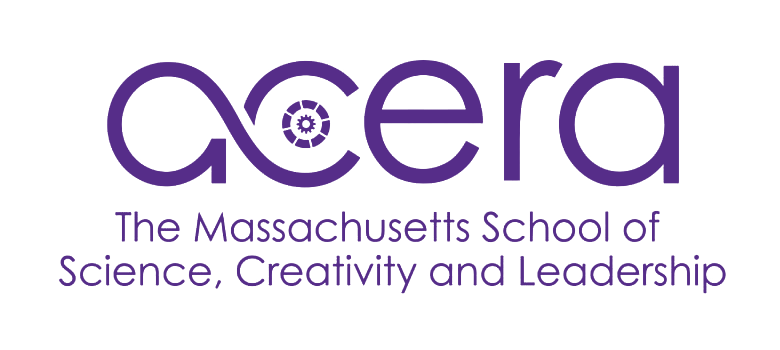When Students Are Freed Up To Create, Innovate and Lead
How can we as educators unleash the initiative and creativity inherent in all children? How can we harness middle school students’ desire for independence while supporting them in learning what it takes to reach a goal? How do we create an environment in which students can explore their ideas as well as the critical thinking, problem solving, collaboration, systems thinking and other 21st century skills they will need to succeed in life?
For middle school students, Acera’s answer to these questions is an approach we call Inquiry, Making and Passion (IMP) projects. Developed and refined over several years, our IMP program provides students with the freedom to generate their own projects and experiment (and sometimes fail and iterate) with different essential skills while also providing the scaffolding it takes for students to not get lost in possibility, stay productive, engaged and increasingly able to actualize their goals.
How It Works
Every week, middle school students have two separate 2-hour blocks of unstructured time during which all of their specialist mentors are available to advise on independent projects. Specialist mentors can be both, the specialist teachers we have at our school, covering expertise in fields such as biotech, architecture, computer science and electrical engineering, civic engineering, the Arts, music, Theatre, Performance, Dance, and more — or practitioners who come on board to support a specific project, from fields such as journalism, robotics, medicine, the sciences or economics. Students can propose any project they are passionate about, such as researching and writing a literature review, putting on a theater production, organizing a service project or a concert, building in our wood shop and innovation lab, conducting a lab experiment, developing a virtual reality app or creating a piece of electronic art.
The IMP Process: View the Process Flowchart
Once they have settled on an idea, students start with a pre-proposal, describing their project, why it matters to them, what they hope to learn, and what they think it will take to make it happen.
Teachers and mentors provide feedback, and when ready, students move into a deeper collaboration with their mentors to develop a Project Design/Prospectus that organizes next steps via a timeline and a project plan.
With the help of their mentors, students also begin to document their work, to record obstacles, observations and milestones, and to provide the backbone of a final reflection they will write, draw or film at the end of the specific IMP project.
Check out these snapshots from our May, 2018 IMPosium!
[slideshow_deploy id=’6771′]
Sample Project: Students Design a Virtual Reality Training Program
Many teenagers are interested in Virtual Reality. In a remarkable example of how schools can harness such interests and allow students to discover their own abilities and move from consumers to creators, two Acera students have build from scratch a Virtual Reality Training Program aimed at desensitizing people to the fear of public speaking.

Working just like research assistants in a lab, Raphael Yamamoto and Nick Colvin started with a literature review on the fear of public speaking. They learned that many people struggle when asked to speak in public, while few interventions are available to mitigate such fears. Could one create Virtual Reality training that would help, they wondered?
It’s not a small question to ask. How do you get from this idea to a product, without technical skills in VR, a background in psychology or even prior experience in approaching such a project? Working with Acera MS mentor and director of research Gus Halwani, the students developed their Project Design plan and started working.
Here are some early sketches of how they envisioned the VR room in which users would give their speech:


As is intended with IMP projects, working on content questions always went along with learning about organization and process. Here’s the students’ work table, which includes a visual of their note-taking and system for setting an agenda for the work of the day:

Driven by their strong interest in and ownership of the project, the students were able to access and become familiar with professional tools used in the scientific and VR development industry. Each bringing their unique skills and learning styles to the project, they collaborated on some tasks and divvied up others.


Given the complexity of the project and their deep interest, Nick and Raphael worked both during and after school, and decided to continue their work over the summer. They have presented their work inside and outside of our community, and are in the process of submitting proposals to share their work at educational conferences.
Here is the poster they presented at Acera’s Innovator Symposium on Oct. 19, 2017:



